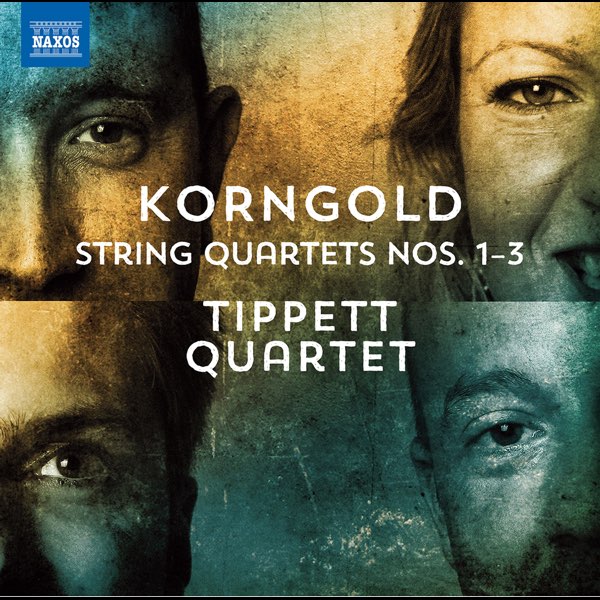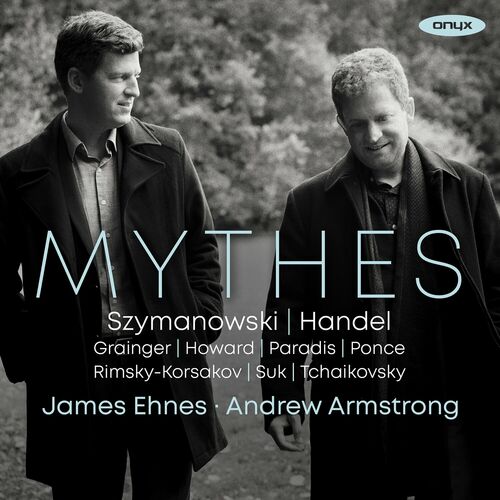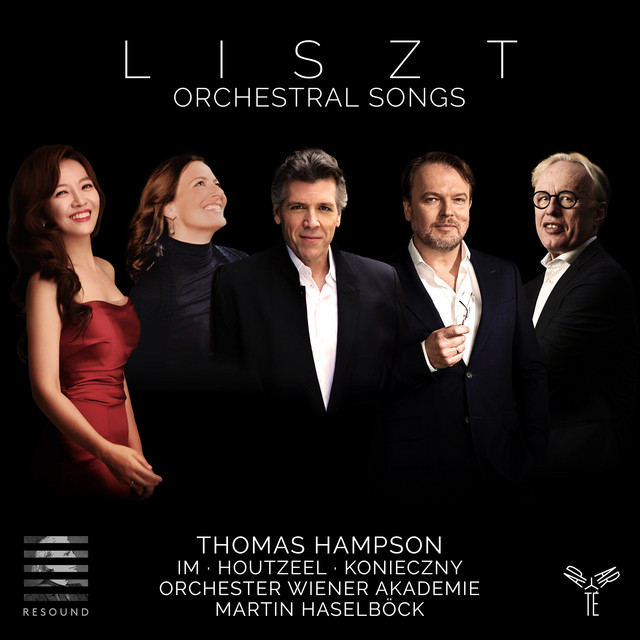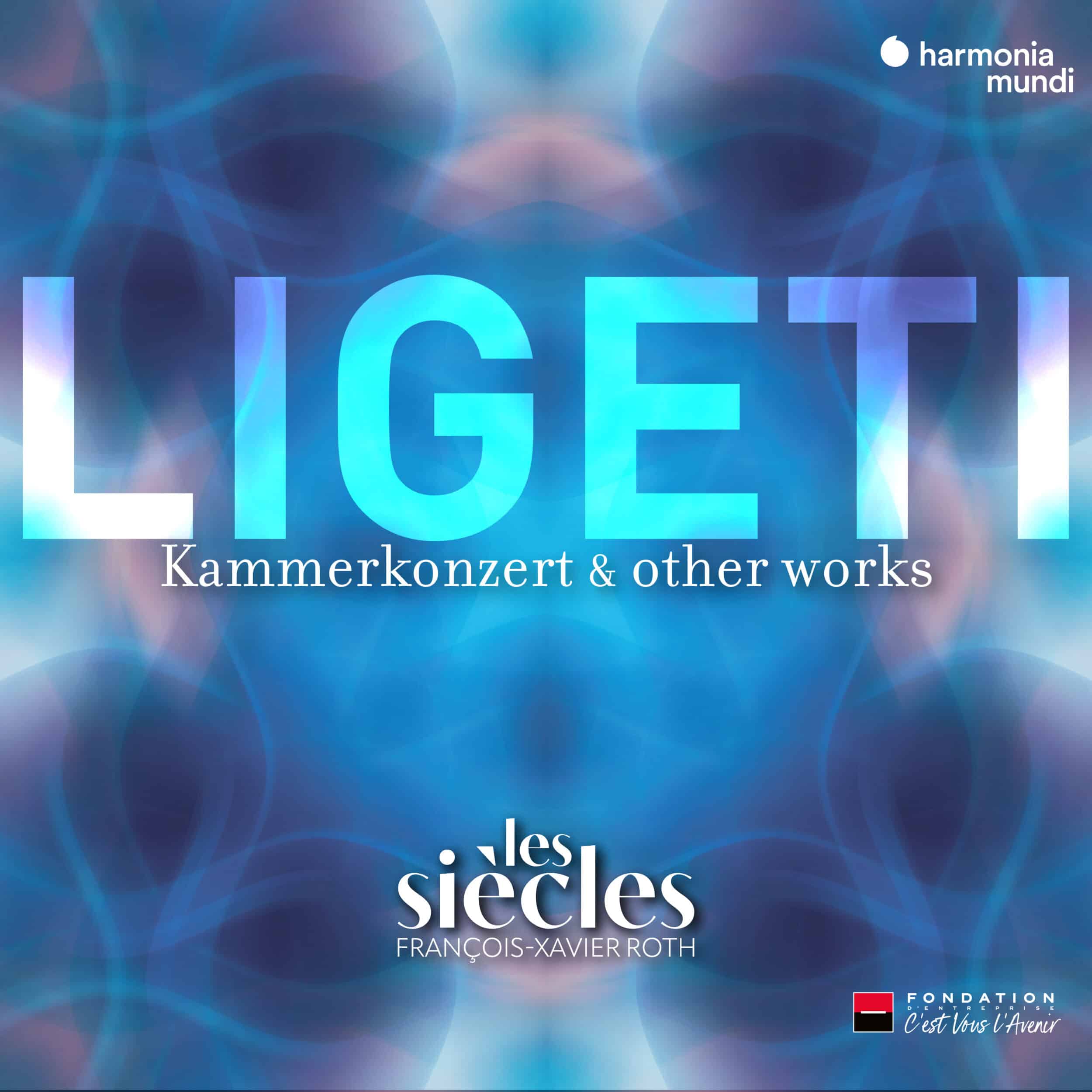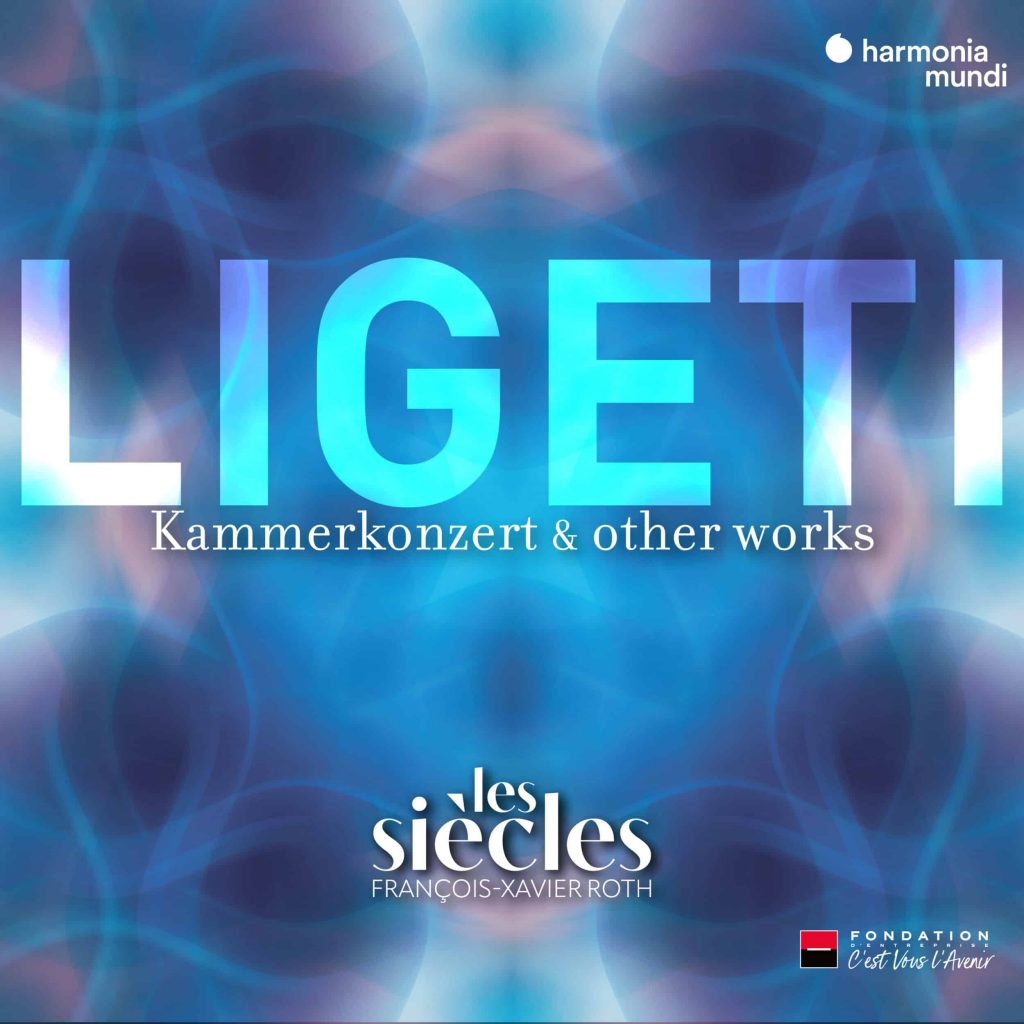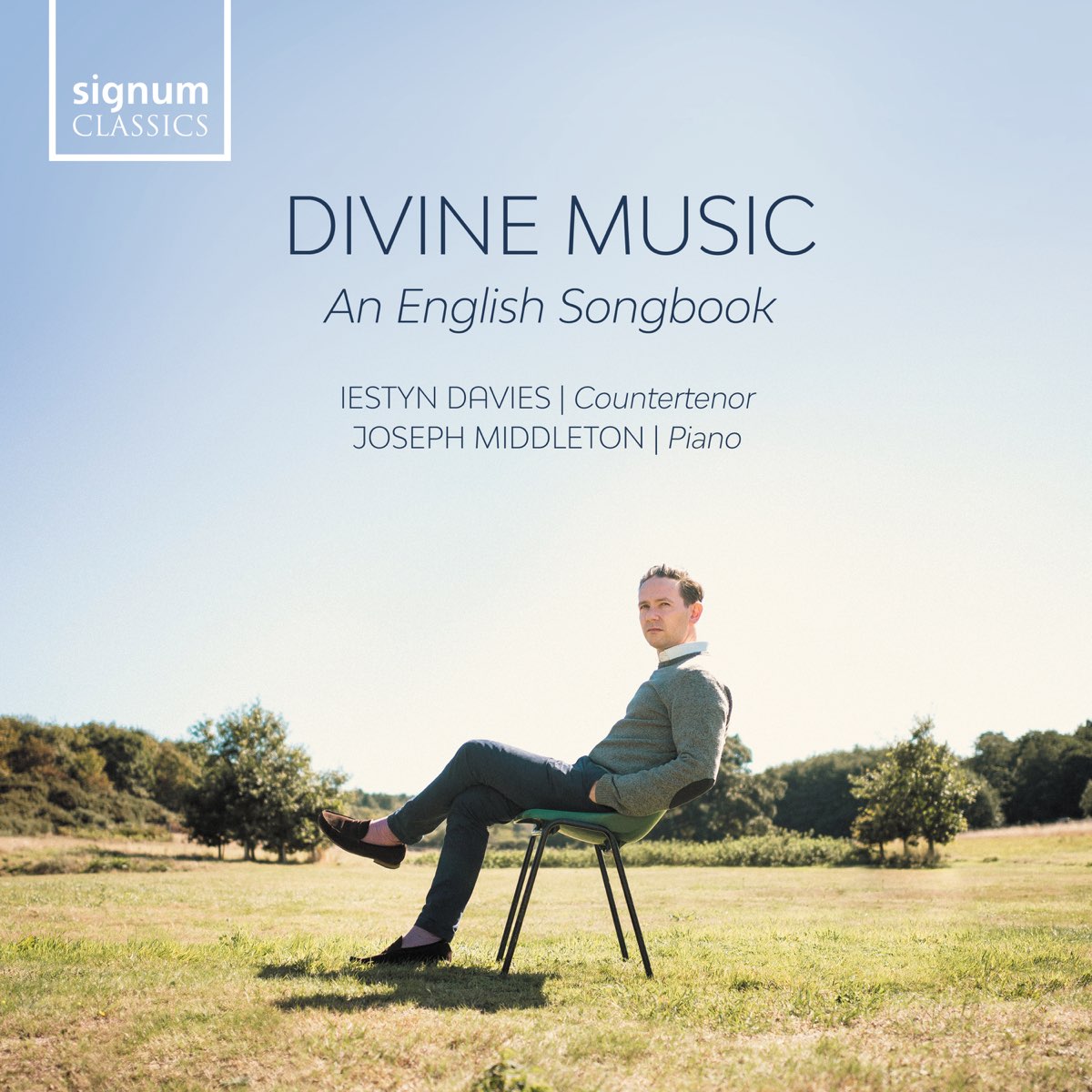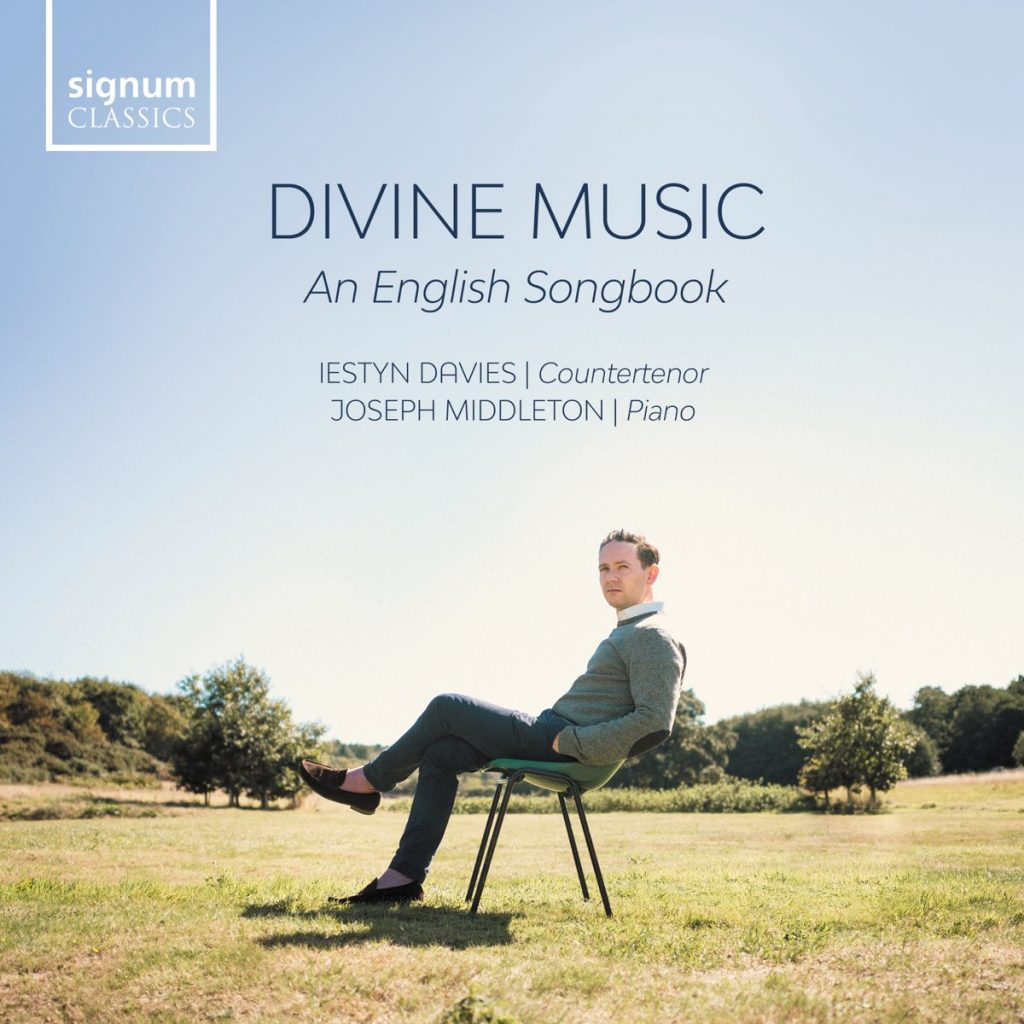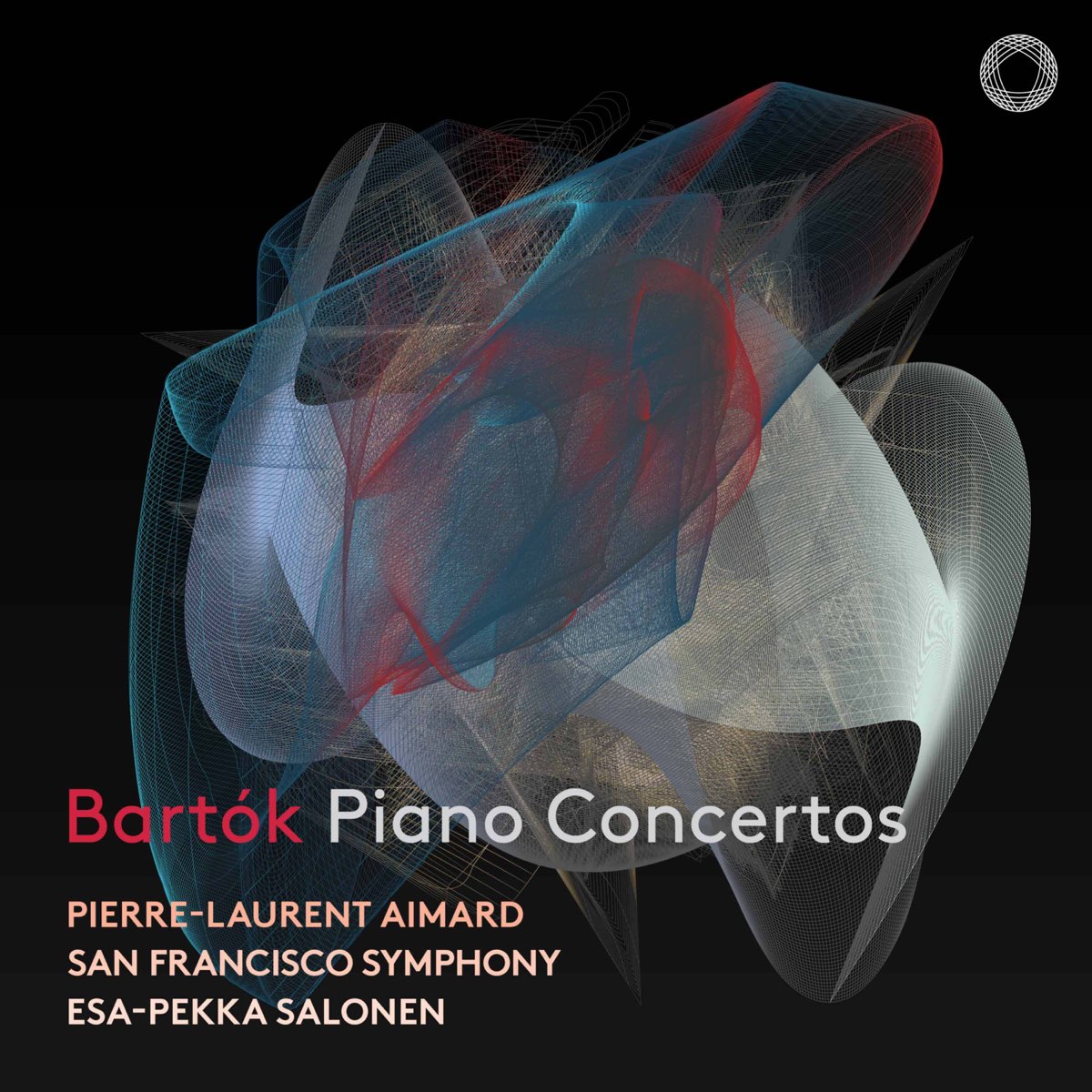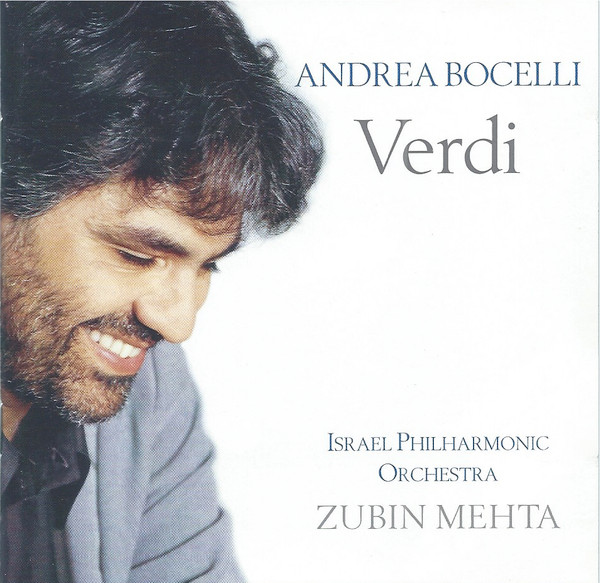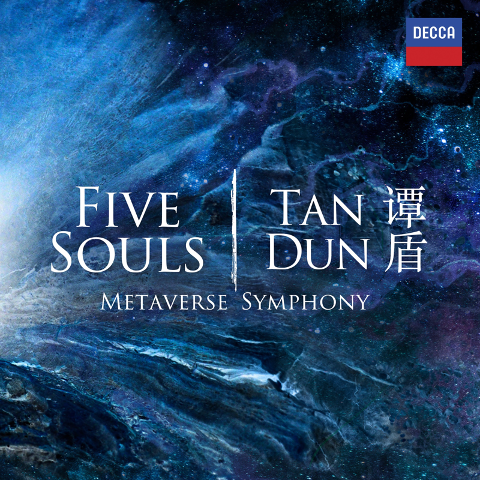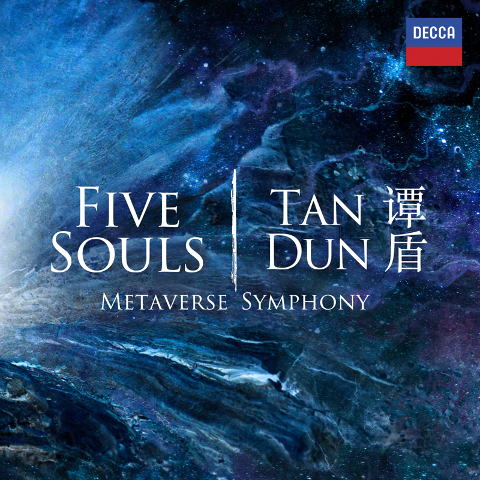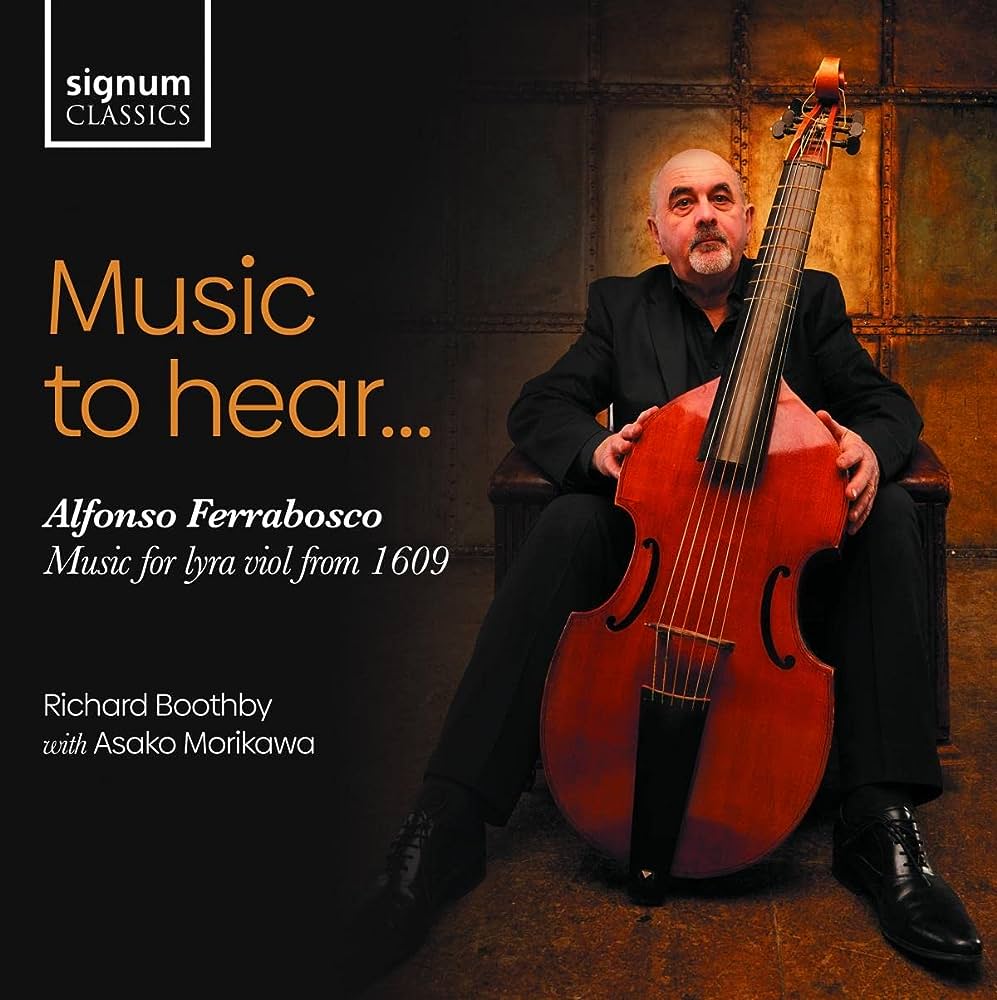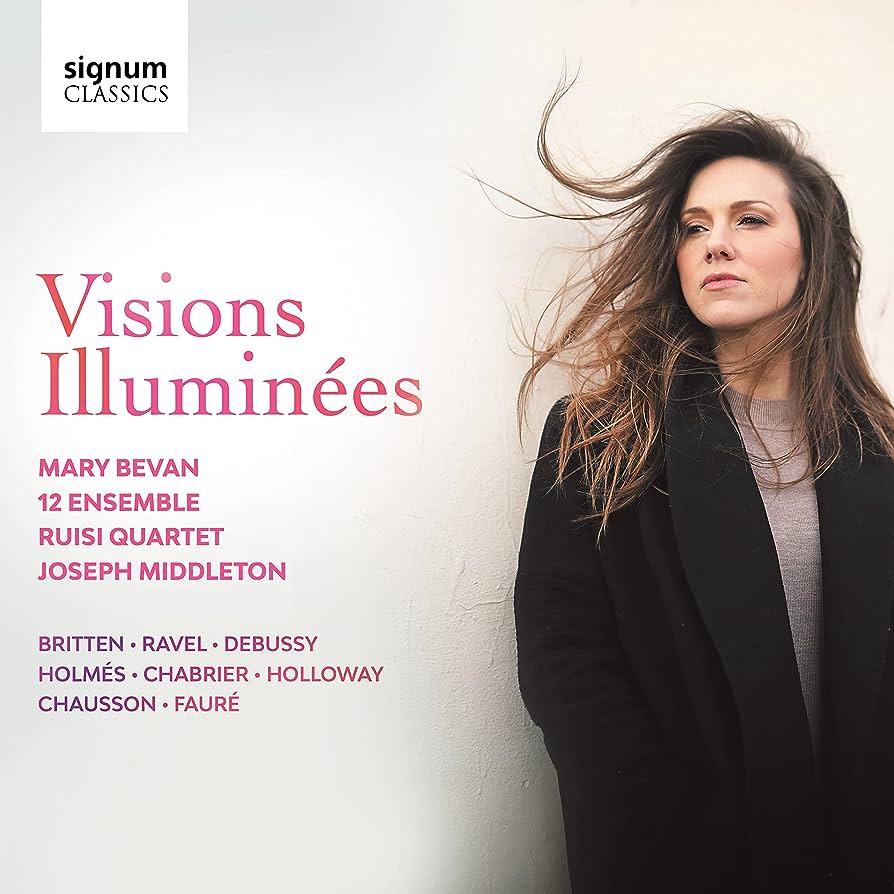KORNGOLD STRING QUARTETS NOS. 1-3 – TIPPET QUARTET
An Enthralling Passage from Vienna to Hollywood
Don Roberts , February 2024
Erich Wolfgang Korngold’s legacy as a composer often rests on his operas and film scores, yet his contributions to chamber music are equally noteworthy. The Tippett Quartet’s latest release featuring Korngold’s String Quartets Nos. 1–3 brings these lesser-known gems to the forefront, showcasing the evolution of his compositional style from his early years in Vienna to his Hollywood endeavors.
The passage commences with the First String Quartet, completed in 1923, where Korngold displays a departure from his lush harmonies of youth towards a more robust and acerbic sonic landscape. The Tippett Quartet expertly navigates the quartet’s four movements, from the drifting and Bartók-esque “Allegro” to the wistful “Adagio,” the spiky and playful “Intermezzo,” and the good-natured and relaxed “Allegretto” finale. Their technical precision is matched only by their ability to convey the narrative intricacies of the composition, resulting in a truly persuasive interpretation.
The Second Quartet, composed in 1933 amid tumultuous times, exhibits a charming demeanor and infectious energy. Despite facing limited exposure in the German-speaking world due to the Nazis, this quartet features delightful melodies, a crowd-pleasing “Intermezzo,” and a swoon-inducing “Tempo di Valse” finale. The Tippett Quartet’s performance captures the essence of the individual lines with remarkable clarity, all impeccably captured in the recording’s excellent sound quality.
As the quartet progresses, the listener is transported to Korngold’s Hollywood years, marked by the composition of his Third Quartet. Dedicated to Bruno Walter and premiered in Los Angeles in 1946, this quartet showcases a return to edgier harmonics in the “Allegro moderato” opening, balanced by the lighter-hearted “Scherzo” with its melting trio, incorporating music from the film score for “Between Two Worlds.” The “Sostenuto” slow movement features a haunting ‘folk melody’ borrowed from the love theme in “The Sea Wolf.” It’s in this movement that the Tippett Quartet’s performance shines the brightest, captivating the listener with its depth and emotion.
While competing interpretations by the Aron Quartett and the Doric Quartet offer their merits, the Tippett Quartet’s rendition manages to unearth the beating heart of Korngold’s music. Although the Doric Quartet may have an edge in terms of sound quality, the Tippett Quartet excels in conveying the emotional essence of the music, particularly evident in the atmospheric beauty of the Third Quartet.
In conclusion, the Tippett Quartet’s exploration of Erich Wolfgang Korngold’s String Quartets Nos. 1–3 is a must-listen experience. With their technical prowess and an uncanny ability to unravel the narrative within the music, they breathe life into these compositions, illuminating the remarkable passage from Vienna’s classical tradition to the glitzy allure of Hollywood. This album stands as a testament to the enduring power of chamber music and Korngold’s versatile genius.
